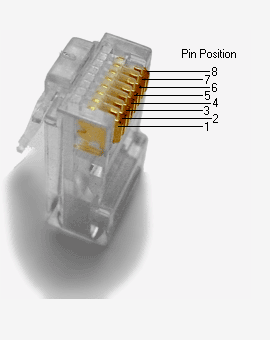Template:Networking device manual powering options active poe: Difference between revisions
No edit summary |
No edit summary |
||
| (16 intermediate revisions by the same user not shown) | |||
| Line 3: | Line 3: | ||
==Active PoE== | ==Active PoE== | ||
The device can be powered by an ethernet cable via the <b>ethernet</b> port {{#switch: {{{series}}} | TAP100 | TAP200 =. | OTD140 = on the left while another device can be powered by the <b>ethernet</b> port on the right.}} | The device can be powered by an ethernet cable via the <b>ethernet</b> port {{#switch: {{{series}}} | TAP100 | TAP200 =. | OTD140 | OTD500 = on the left while another device can be powered by the <b>ethernet</b> port on the right.}} | ||
[[File:{{{file_lan1}}}|{{{size_lan1}}}px]] | [[File:{{{file_lan1}}}|{{{size_lan1}}}px]] | ||
| Line 13: | Line 13: | ||
</ul> | </ul> | ||
</font> | </font> | ||
| OTD140 = | | OTD140 | OTD500 = | ||
<font size="-1"> | <font size="-1"> | ||
<ul> | <ul> | ||
<li> {{{name}}} devices support active PoE standard: <b>802.3af/at</b> for the PD (Powered Device) port and <b>802.3af</b> standard for the PSE (Power Source Equipment) port</li> | <li> {{{name}}} devices support active PoE standard: <b>802.3af/at</b> for the PD (Powered Device) port and <b>802.3af</b> standard for the PSE (Power Source Equipment) port</li> | ||
<li> Working voltage levels: '''42.5–57.0 V'''</li> | <li> Working voltage levels: '''42.5–57.0 V'''</li> | ||
</ul>}} | </ul> | ||
</font>}} | |||
{| class="wikitable" style="text-align: left;" | {| class="wikitable" style="text-align: left;" | ||
|+<b>RJ45 pinout</b>: | |+<b>RJ45 pinout</b>: | ||
Latest revision as of 11:43, 14 November 2024
This chapter contains information on powering options supported by {{{name}}} access points.
Active PoE
The device can be powered by an ethernet cable via the ethernet port
[[File:{{{file_lan1}}}|{{{size_lan1}}}px]]
[[Category:{{{name}}} Manual]]

